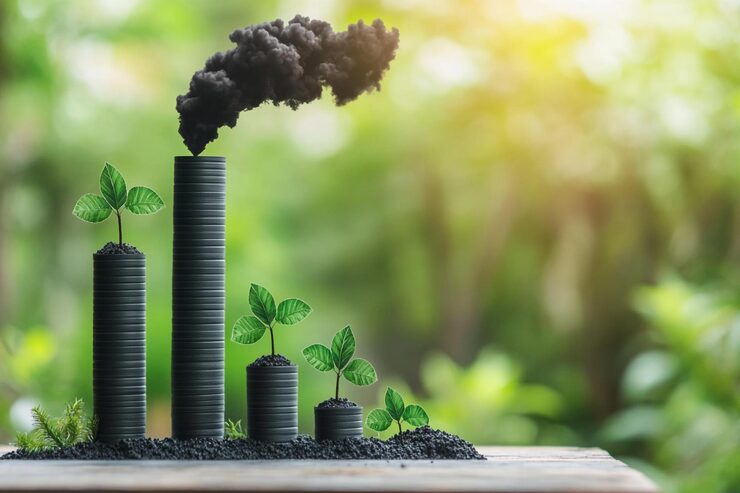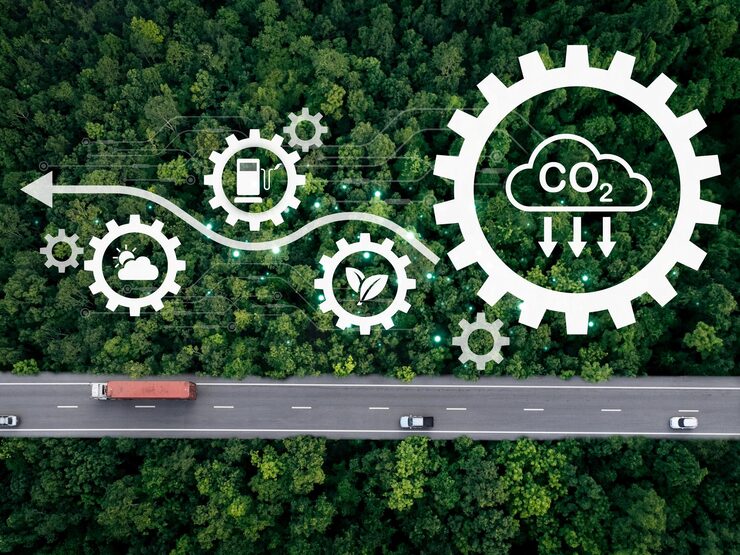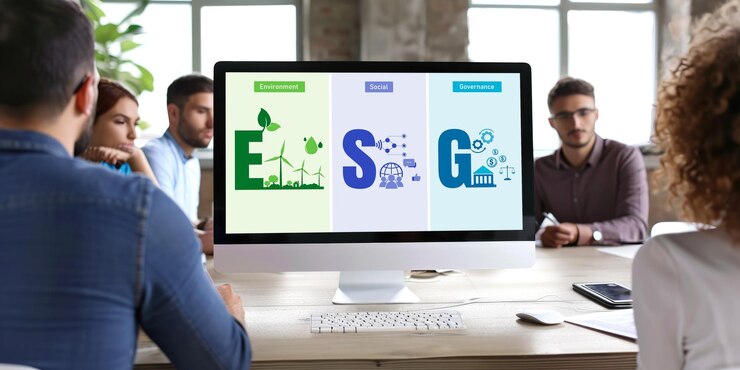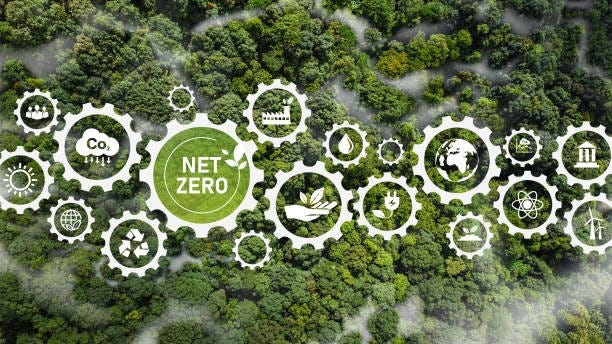Carbon Cost Is the New Customs Duty
How CBAM Is Reshaping Global Trade

In the bustling ports of global commerce, where customs duties once ruled as the gatekeepers of trade, a new player has emerged: the carbon cost. Just as tariffs shaped economic flows for centuries, the European Union’s Carbon Border Adjustment Mechanism (CBAM) is now transforming international trade by placing a price on carbon emissions embedded in imports. At the World of Circular Economy (WOCE), we see this as a seismic shift,a new era where sustainability is no longer optional but a core driver of competitiveness. Through our esgpro.ai platform, we’re helping businesses navigate this carbon-cost landscape. Let’s explore how CBAM, much like a customs duty, is rewriting the rules of trade and what it means for your business.
The Analogy: Carbon Cost as a Customs Duty
Picture a ship loaded with steel arriving at a European port. In the past, customs officers would slap a duty on it based on its origin, value, or trade agreements. Now, under CBAM, they’re also checking its carbon footprint. Launched in October 2023 with a transitional phase and set to fully kick in by 2026, CBAM imposes a financial charge on the carbon emissions generated during the production of high-emission goods like steel, cement, aluminium, fertilisers, electricity, and hydrogen imported into the EU. It’s a tariff, but instead of protecting local industries from cheap imports, it levels the playing field for those adhering to the EU’s stringent emissions standards.
Think of CBAM as a customs duty for the planet. Just as traditional duties ensured fair competition by taxing foreign goods, CBAM ensures that high-carbon imports don’t undercut EU producers who face the costs of decarbonisation under the EU Emissions Trading System (ETS). Importers must purchase CBAM certificates priced at the ETS carbon rate, around €70-100 per ton of CO2 in 2025, per market data, to cover emissions. Non-compliance? Expect fines or blocked market access, much like dodging a customs duty.
Why CBAM Matters: A Global Trade Game-Changer

CBAM is more than a policy; it’s a paradigm shift. The EU, accounting for 14% of global trade, wields immense influence. In 2022, it imported €1.5 trillion in goods, many from carbon-intensive regions like India, China, and Russia. CBAM targets these supply chains, pushing exporters worldwide to decarbonise or pay a premium. For example, India’s steel exports to the EU, valued at €7 billion annually, face CBAM costs that could add 20-35% to prices, per a 2024 report by the Global Trade Research Initiative.
This carbon cost ripples beyond the EU. Countries like India, where coal powers 70% of electricity, face a stark choice: invest in green tech or lose competitiveness. Meanwhile, businesses in the EU gain an edge, as their ETS compliance aligns with CBAM’s framework. It’s a customs duty reimagined, not about borders but about emissions, forcing a global race to net-zero.
The Challenges: Navigating the Carbon Customs Landscape
Like traditional duties, CBAM brings complexity. Businesses face:
1. Data Demands: Importers must report embedded emissions for each product, requiring detailed supply chain data. For Scope 3 emissions (e.g., from raw material extraction), this can be a logistical maze.
2. Cost Pressures: CBAM certificates aren’t cheap. A cement importer emitting 1,000 tons of CO2 could face €70,000 in annual costs at current ETS prices.
3. Compliance Risks: Incorrect emissions reporting can lead to penalties of €10-50 per ton of CO2, plus reputational damage.
4. Global Disparities: Exporters in developing nations, lacking robust carbon pricing, face higher costs compared to EU competitors.
A 2024 EY study found that only 15% of Indian exporters to the EU are CBAM-ready, citing data gaps and limited decarbonisation infrastructure. Greenhushing, when firms downplay sustainability efforts to avoid scrutiny, further complicates compliance, risking trust in a market where 80% of investors prioritize ESG, per Bloomberg.
Strategies to Thrive Under CBAM
To master the carbon cost, businesses must treat it like a customs duty, strategic planning is key. Here are five steps to stay ahead:
1. Audit Your Supply Chain: Map emissions across production processes. Tools like esgpro.ai can automate data collection for CBAM compliance.
2. Invest in Decarbonisation: Shift to renewable energy or low-carbon tech. Singapore’s 30% funding for ESG tech adoption offers a model for cost-sharing.
3. Engage Suppliers: Collaborate with value chain partners to gather accurate Scope 3 data, critical for CBAM reporting.
4. Leverage Offsets: Use WOCE’s carbon offset marketplace to neutralize emissions cost-effectively, bridging the gap to full decarbonisation.
5. Communicate Progress: Avoid greenhushing by sharing verifiable ESG achievements. Transparent reporting builds investor and customer confidence.
The Bigger Picture: A New Trade Paradigm

CBAM is just the start. Other nations, like the UK (launching its CBAM in 2027) and Canada, are exploring similar mechanisms. This “carbon tariff” trend could redefine global trade, much like customs duties shaped economic blocs. For exporters in high-emission countries, CBAM raises costs but also spurs innovation. India’s push for 500 GW of renewable energy by 2030, for instance, aligns with CBAM’s incentives, potentially saving exporters €1 billion annually, per a 2024 ORF study.
Businesses that adapt early will gain a first-mover advantage, accessing the EU’s €800 billion green investment pool. Those lagging risk being priced out, much like firms facing high tariffs in protectionist markets.
The Road Ahead
By 2026, CBAM’s full implementation will make carbon costs as routine as customs duties. Non-compliance could mean fines, market exclusion, or lost investor trust, while proactive firms will unlock new opportunities. At WOCE, we’re committed to making this transition seamless. Our esgpro.ai platform and Carbon Book app empower businesses to calculate, offset, and report emissions with ease, turning carbon costs into competitive strengths.
Your Next Step
The carbon cost is here to stay, reshaping trade like a modern customs duty. Are you ready to lead in this new era? With WOCE’s esgpro.ai, you can navigate CBAM with confidence, reduce costs, and showcase your sustainability credentials.




